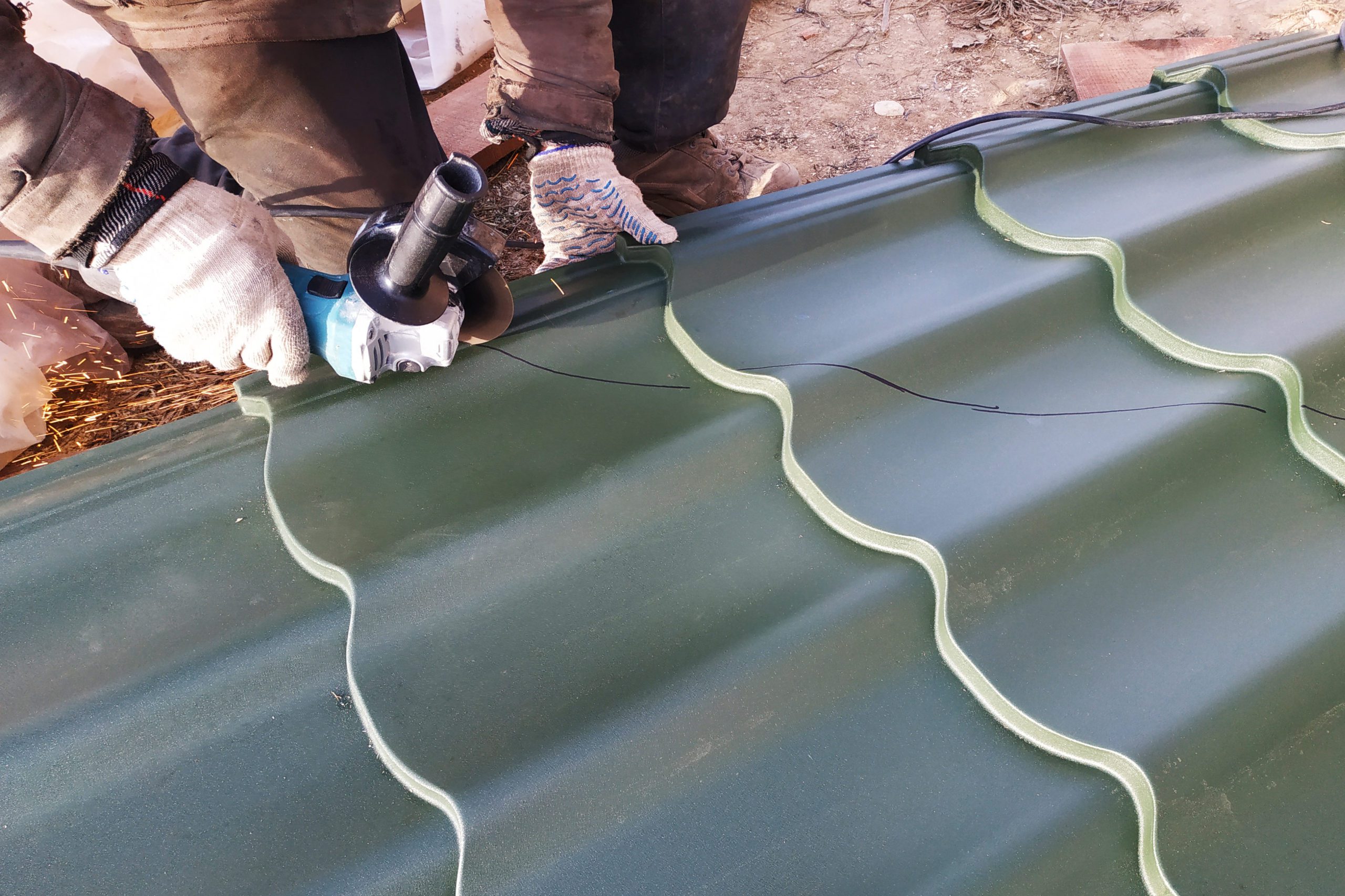Innovations in Construction:
Using PAFS for Transparent Roofing

Building Innovations: Using PAFS for Transparent Roofs
Transparent roofs are an innovative and aesthetically pleasing solution for buildings that require abundant natural daylight without compromising on heat loss or privacy issues. In this context, the use of glass-fibre reinforced polyester (PAFS) is increasingly common, combining durability and flexibility in a way that goes beyond many traditional materials.
Key Features of PAFS
PAFS is a composite made from a glass fiber-reinforced polyester matrix, offering outstanding strength and durability. These glass fibers are evenly distributed throughout the mass of the polyester, resulting in a material that not only withstands heavy weights, but is also resistant to impact and adverse weather conditions. Its transparency can be adjusted as needed, allowing optimal daylight penetration without sacrificing thermal insulation.
Advantages of Using PAFS in Roof Construction
- Durability: PAFS is resistant to corrosion, mold, mildew and UV damage, making it ideal for long-term use in various climatic conditions. This durability makes it a cost-effective long-term option.
- Thermal insulation: One of the most valuable advantages of PAFS is its ability to thermally insulate a building. The material keeps building interiors comfortable all year round, reducing heating costs in winter and cooling costs in summer.
- Aesthetics: PAFS allows for curved or wavy shapes, giving architects the freedom to explore unique and attractive designs. The transparency of the material adds an element of modernity and openness to structures using this type of roof.
- Simplified installation: PAFS roofs are relatively easy to install compared to other roofing materials. The panels can be manufactured in large sizes, which reduces installation time and associated labor costs.
- Sustainability: As a material that can be recycled, PAFS contributes to the goals of green and sustainable building by reducing the carbon footprint of construction projects.
Practical Applications and Case Studies
PAFS has been used in many remarkable projects, from agricultural greenhouses to atriums in shopping centers and office spaces. For example, in a recent project, a shopping center installed a fully transparent PAFS roof, which not only improved the shopping experience for visitors, but also significantly reduced artificial lighting costs.
Challenges and Considerations
However, using PAFS is not without its challenges. The initial cost can be higher compared to other traditional materials, and there are specific installation and maintenance considerations that builders need to take into account. The quality of the installation is also crucial to ensure the long-term performance of the roof.
Conclusions
PAFS is an advanced option for transparent roof construction, offering the optimal combination of aesthetics, performance and durability. As manufacturing technology continues to advance and production costs continue to fall, PAFS is expected to become an increasingly popular solution in the construction industry, marking an important step towards the future of sustainable and innovative architectural design.
